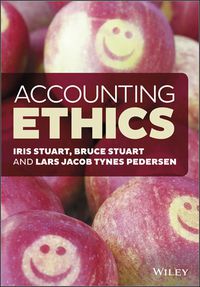Question
Stewart Enterprises has the following investments, all purchased prior to 2021: Stewart does not intend to sell any of these investments and does not believe
Stewart Enterprises has the following investments, all purchased prior to 2021: Stewart does not intend to sell any of these investments and does not believe it is more likely than not that it will have to sell any of the bond investments before fair value recovers. Required: For each investment, Prepare the appropriate adjusting journal entries to account for each investment for 2021 and 2022. 1. Bee Company 5% bonds, purchased at face value, with an amortized cost of $4,080,000, and classified as held to maturity. At December 31, 2021, the Bee investment had a fair value of $3,520,000, and Stewart calculated that $280,000 of the fair value decline is a credit loss and $280,000 is a noncredit loss. At December 31, 2022, the Bee investment had a fair value of $3,720,000, and Stewart calculated that $160,000 of the difference between fair value and amortized cost was a credit loss and $200,000 was a noncredit loss.
Record any necessary journal entry for the credit losses.
Record any necessary journal entry for recovery of credit loss in 2022.
2. Oliver Corporation 4% bonds, purchased at face value, with an amortized cost of $2,560,000, classified as a trading security. Because of unrealized losses prior to 2021, the Oliver bonds have a fair value adjustment account with a credit balance of $220,000, such that the carrying value of the Oliver investment is $2,340,000 prior to making any adjusting entries in 2021. At December 31, 2021, the Oliver investment had a fair value of $2,220,000, and Stewart calculated that $140,000 of the difference between amortized cost and fair value is a credit loss and $200,000 is a noncredit loss. At December 31, 2022, the Oliver investment had a fair value of $2,780,000.
Record the fair value adjustment.
Record the fair value adjustment.
3. Jones Inc. 6% bonds, purchased at face value, with an amortized cost of $3,560,000, and classified as an available-for-sale investment. Because of unrealized losses prior to 2021, the Jones bonds have a fair value adjustment account with a credit balance of $420,000, such that the carrying value of the Jones investment is $3,140,000 prior to making any adjusting entries in 2021. At December 31, 2021, the Jones investment had a fair value of $2,720,000, and Stewart calculated that $235,000 of the difference between amortized cost and fair value is a credit loss and $605,000 is a noncredit loss. At December 31, 2022, the Jones investment had a fair value of $2,915,000, and Stewart calculated that $135,000 of the difference between amortized cost and fair value is a credit loss and $510,000 is a noncredit loss.
Record any necessary journal entry for the credit losses.
Record the fair value adjustment.
Record any necessary journal entry for recovery of credit loss in 2022.
Record the fair value adjustment.
Step by Step Solution
There are 3 Steps involved in it
Step: 1

Get Instant Access to Expert-Tailored Solutions
See step-by-step solutions with expert insights and AI powered tools for academic success
Step: 2

Step: 3

Ace Your Homework with AI
Get the answers you need in no time with our AI-driven, step-by-step assistance
Get Started


